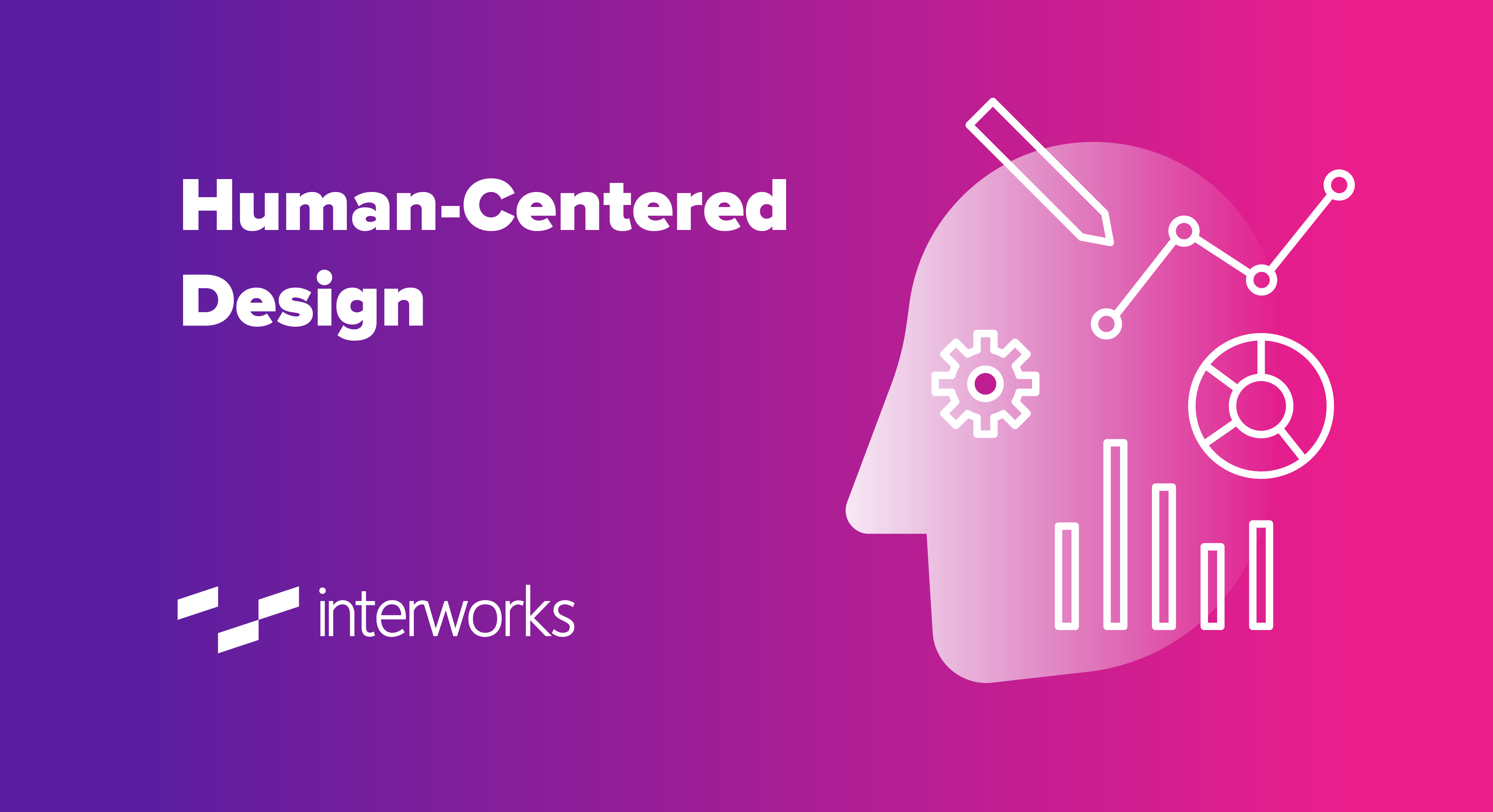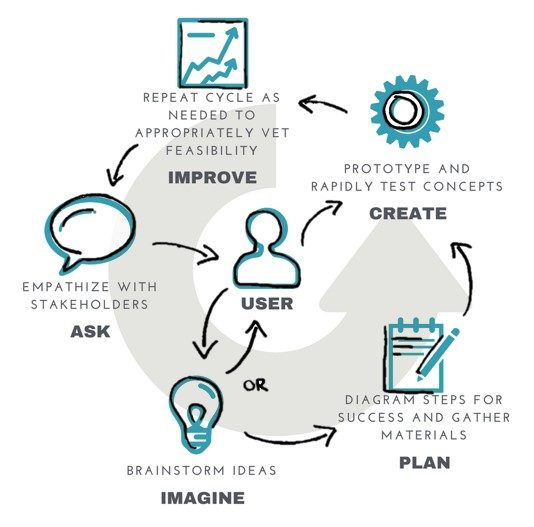Table Of Content

Both methods are iterative and, since your user base is constantly evolving, your designs will evolve too. Whatever you create, focus on the people who use the product and their context. These are real human beings with real needs, and your product is a tool to help them reach their goals more efficiently. The process champions new solutions that come from cultivating deep empathy and are built to suit human needs. As highlighted in the video above, human-centered designers collaborate with professionals from other fields like engineering, computer science, and public health.
Services
By leveraging the expertise of experienced consultants, businesses can gain a competitive edge and drive growth and success in their markets. TestTesting involves validating important assumptions about a product design, service design, or business model. It also provides a way to explore strategic opportunities for greater value creation and revenue growth. In order to do this, designers create quantitative and qualitative usability metrics to understand what is working and not working. In human-centered design, the process of testing and iteration allows you to progressively improve a design to deeply align with the behaviors, goals, and needs of the user.
Leveraging Human-Centered Design in Your Business
“We take extra steps to make sure it’s being unobtrusive and doesn’t impact the day-to-day pattern of how people shop,” Gee said. During the implementation process, Gee and his team thought a lot about the people Tally would be serving. The robot was intended to help store clerks but it also interacts with customers, and they wanted to ensure neither would be disturbed. At VR / AR company Talespin, based in LA, product manager Remmelt Blessinga helped design a virtual human named Barry that teaches managers how to compassionately let employees go when necessary. In the Barry simulation, users will witness a VR person argue, express emotions and ask questions all while roleplaying at being fired. To gather input from stakeholders and team players, you can host a brainstorming session with FigJam’s online collaborative whiteboard.
Program learning outcomes (PLOs)
Harvard Business School Online's Business Insights Blog provides the career insights you need to achieve your goals and gain confidence in your business skills. From AI and machine learning to dogs being able to smell diseases, this Volume is overflowing with engaging and divergent information and resources. There is no teaching requirement as it relates to the specialization but teaching requirements for a student’s home program must be honored in accordance with home program policies. In line with master’s and PhD programs, residency is a requirement for this offering. The steering committee reviews written applications for admission to the proposed degree specialization from students already admitted to one of the participating home degree programs.
Our brand strategy team develops and refines brands that reflect organizations, their values, and the needs and aspirations of target consumers. The Department’s academic facilities provide collaboration spaces, and secured workspaces. These facilities are available twenty-four hours a day to all MA_HXDI students. Each workspace provides Ethernet and wireless access to the Internet through the University server. In addition, two Computer Labs, a Multimedia Lab (with large format printing capabilities), a Metal/Plastic and Wood Shop are available in the Department of Design. MA_HXDI students also have access to the Immersive Design Research Lab for developing responsive work through tools and applications.
The 4 Principles of Human-Centered Design: People-Centered
In this phase, you’ll create a simple prototype that will give you something to test with your users. This shouldn’t be a high fidelity prototype but one that has just enough of the idea that people can understand and comment on it. HCD as an approach to creative problem-solving is often traced back to the beginning of the Stanford University design program in 1958. There, Professor John E. Arnold first proposed that engineering design should be human-centered. Human-centered design prioritizes understanding and addressing the needs of people. Unlike designs that emphasize aesthetics over usability, human-centered design values function and user well-being, as highlighted in this video.
Forging a path to human-centered leadership - Big Think
Forging a path to human-centered leadership.
Posted: Mon, 25 Mar 2024 07:00:00 GMT [source]
The Human-Centered Design Process: An Overview
HCD allows anyone to participate in the design process and overall creation of a product or service. Design itself is too important and critical to only be leveraged by the “professionals” and without the incorporation of the people a solution is intended to reach. Indeed, the more our society becomes design-literate, the more efficiently we can respond to and solve the various complex issues we face today. Learners explore opportunities by facilitating generation and iteration of ideas.
Changes in the tools and technologies of human-centered design area common and field research is always required. Due to the dynamic nature of both research and practice, it necessary for all students to have a personal, mobile computer—able to support design software. This requirement allows students to be independent and effectively integrate digital technologies into their workflow. Here’s how to apply the main principles of this approach to your web projects. Observing the entire HCD process in a finished design isn’t always easy, but there are always recognizable traces in the final product. Here are some suggestions to help you apply HCD principles and some human-centered design examples that demonstrate the tips in practice.
The site offers options for simplified language to make the content accessible and understandable for a wide range of users, including people with cognitive and learning disabilities. HENKELHIEDL also includes a toggle for sign language that integrates videos to communicate the site’s contents for people who are deaf or hard of hearing. Human-centered designs are for all types of people, so use a diverse cross-section of future users to test your designs.

While design thinking is at the root of HCD, it zooms out to look at the problem with a larger scope. That’s because design thinking involves designing solutions and products that are created to solve a problem. With design thinking, you’ll empathize with customers’ needs before coming up with solutions that can immediately be put into use. Human-centered design (HCD) is an approach to design that places real people at the center of problem-solving.
After mapping out stakeholders and diving deeper into a specific stakeholder’s perspective, learners analyze the utility of narratives and how to make a powerful narrative by considering human needs and organizational constraints. With that information, learners create and present a narrative aimed at their aforementioned specific stakeholder. Learners are presented with an overview to review ideas and strategies they have explored and experienced in the four modules, and then do a final reflection on how these may be applied to their daily work.
HCD, on the other hand, wants to ensure that the product will enhance consumers’ lives. With HCD, you’ll get to know the objectives of your customers to ensure you and your team are creating products that will improve their lives, not just interest or amuse them. Gain a solid foundation in the philosophy, principles and methods of user experience design. Learn the full user experience (UX) process from research to interaction design to prototyping. Enables personalizing ads based on user data and interactions, allowing for more relevant advertising experiences across Google services.
No comments:
Post a Comment